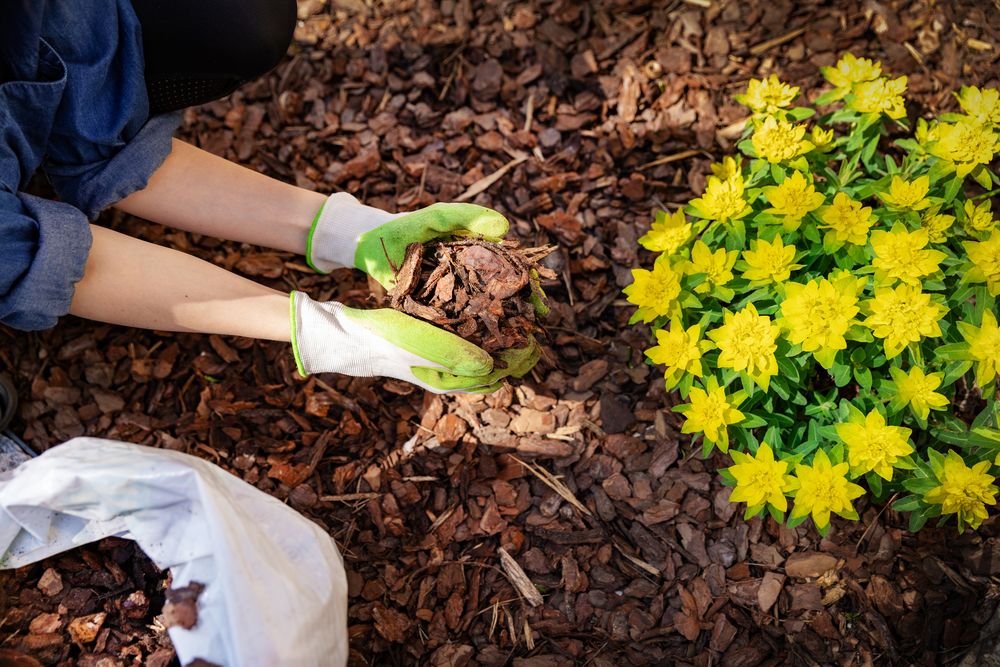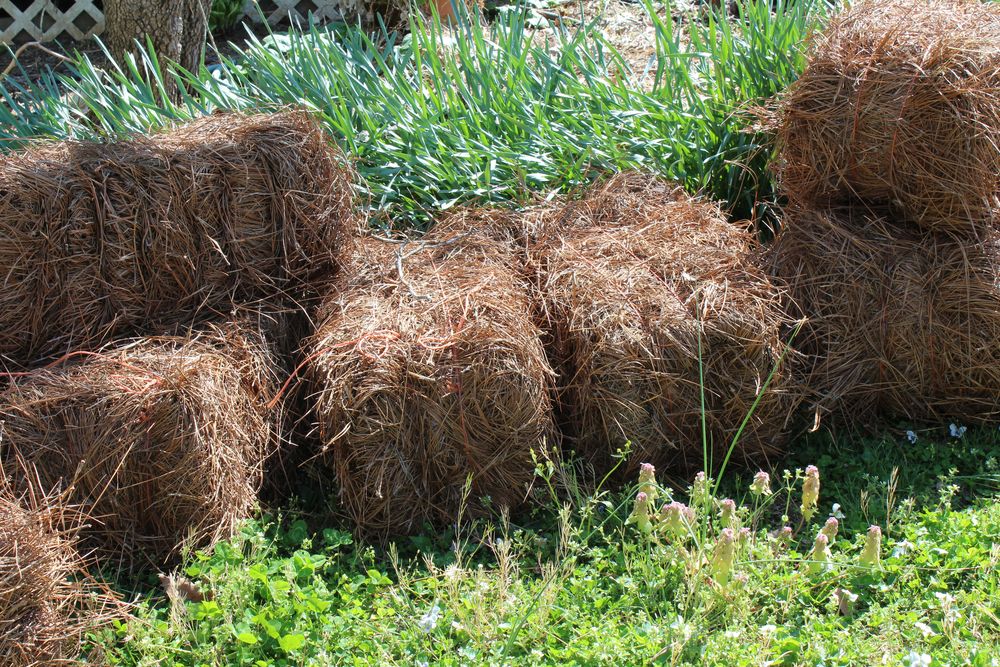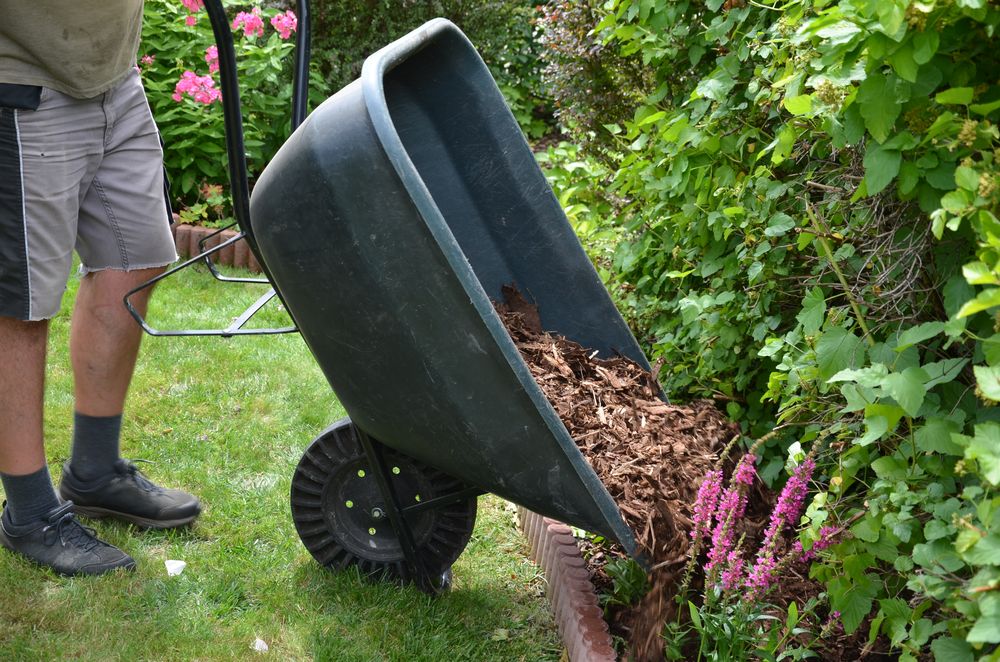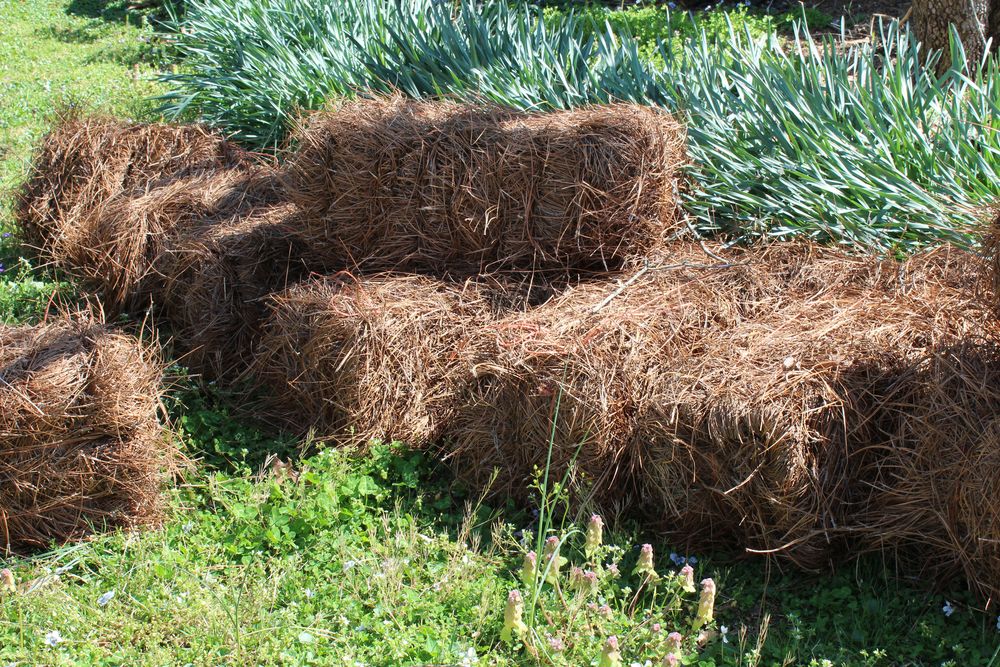Pine Straw Mulch 101: A Complete Guide to Enhancing Your Garden in Style
Pine straw mulch is a popular choice for gardeners because it’s affordable, easy to use, and has a variety of benefits. So, if you’re looking for an easy way to improve your garden, here’s everything you need to know about this mulch type.
It’s best to learn about the various advantages and disadvantages of using pine straw mulch. Keep reading to find out everything you need to know about this organic mulch.
What Is Pine Straw Mulch?
Pine straw mulch is a by-product of pine trees harvested for their lumber. It’s often made from pine needles, but it can also be composed of shavings or sawdust left over from cutting down the trees. Regardless of the manufacturing process, all sources represent organic matter that decomposes and enriches the soil over time.
In addition to being a natural product, pine straw mulch has physical properties that make it a popular landscaping material. It’s lightweight and easy to spread, which makes it an excellent choice for new plantings where it’s impossible to aerate the soil before laying the mulch.
Unlike other organic mulches like bark chips or leaves, pine straw mulch doesn’t mat down and form a solid layer. Because of this, it allows water and air to penetrate the soil surface, encouraging plant root growth.
Pine Straw vs Mulch
While most people use the words pine straw and mulch interchangeably, there is a difference. True mulches can be composed of any organic matter that is placed on top of the soil to protect it from sun exposure and prevent moisture loss.
Organic materials like pine straw, shredded leaves, compost and newspaper clippings are all great mulching options.
What is Pine Needle Mulch?
As the name implies, pine needle mulch is made from pine needles. It can be used as a soil amendment or mulch, and it has some unique benefits over other mulches.
Pine needles are acidic, which helps to control fungal growth and suppress weed growth. They also contain natural compounds that act as insect repellents. This makes pine needle mulch a good choice for organic gardens, where you want to discourage pests while providing some nutrients to the soil.
Like other organic mulches, pine needle mulch breaks down over time and helps improve the soil structure. It also releases valuable nutrients into the soil as it decomposes.
Pine Straw Mulch vs Pine Needle Mulch
Leaves from pine trees are often shredded to form pine needle mulch, but they can just as easily be used in their natural state for the same purpose. In either case, pine trees have been specifically chosen for their needles or leaves because they carry essential nutrients that help plants grow.
Many gardeners want to use only organically-derived materials, so it’s important to make sure you’re getting all-natural products.
What Are Pine Straw Bales?
When pine straw mulch is sold in bales, it’s compressed into square or rectangular bundles with netting on the sides to hold them together. Baled mulch typically weighs between 40 and 60 pounds when wet, though this can vary depending on factors like moisture content and density of the original material.
Bales are easily lifted with a pitchfork or an ATV forklift, making them easy to carry around your property for landscaping projects. Some gardeners even use wheelbarrows for moving larger quantities of baled pine straw mulch.
What Is Hay Mulch?
Hay mulch is similar to pine straw mulch, but it’s made from dried grass clippings instead of pine needles. You can apply it on top of the soil at the same time you’re spreading other types of organic mulches. Plus, you can mow it into your lawn as a way to rejuvenate your existing grass.
Hay mulches tend to hold moisture better than most other organic materials because they contain more plant sugars and starches. This makes them an effective addition for plants that need extra water during dry spells or especially hot weather.
Pros and Cons
Check out the advantages and disadvantages of pine straw mulch:
Pros
- Weed-resistant and inhibits the growth of most types of weeds.
- Easy to spread and doesn’t form a solid layer.
- Helps retain moisture in the soil and reduces watering needs.
- A natural product that enriches the soil over time.
- Because it doesn’t hold moisture like other organic mulches, it reduces problems associated with overwatering new plantings while making potted plants more drought-tolerant.
Cons:
- Flammable and can contribute to wildfires when left on bare earth.
- Can be a haven for pests, such as slugs and snails.
- Because the wood fibers break down slowly, they don’t add as much organic material to the soil as bark.
- Needs to be replaced more often than other types of mulch.
How to Apply Pine Straw Mulch
If you’re using pine straw mulch in your garden, you can simply spread it over the top of the soil. For best results, keep the mulch an inch or two deep and cover the entire planting area.
However, if you’re using it as a groundcover, you’ll need to apply it a little more carefully:
- Remove any weeds or grass from the area.
- Use a hoe to loosen the soil.
- Apply the mulch in a thin layer over the top of the soil and tamp it down lightly. Be sure not to bury the plants’ crowns or stems.
Maintenance Tips
Pine straw mulch doesn’t need much maintenance, but you will need to water new plants regularly until they become established. After that, it will help retain soil moisture.
If you are experiencing heavy rain, the pine straw mulch may become matted down. You can just rake it up and fluff it back out to its original state. It’s also possible to use a leaf mulcher for cleaning your yard.
FAQ
Find out more information about pine straw mulch.
What is a pine straw rake used for?
A pine straw rake is a tool used to move and fluff up pine straw mulch. It has long, metal tines that are perfect for lifting and moving the mulch around your garden. You can also use it to comb the mulch into place to cover the soil evenly.
Should I use pine straw for landscaping?
Pine straw is a good option for landscaping because it’s weed-resistant, moisture-retaining, and easy to spread. It’s also a natural product that enriches the soil over time. However, it doesn’t hold moisture like other organic mulches, so it’s not ideal for plantings that need extra water.
What are longleaf pine needles used for?
You can use longleaf pine needles for mulching, composting, or as a soil amendment. They’re high in nitrogen and work well for enriching the soil. You can also use them to make your own pine straw mulch.
Can I use hay mulch in my garden?
Hay mulch is similar to pine straw mulch in that it is easy to apply and doesn’t solidify over time. It also inhibits the growth of weeds and retains moisture well, but it tends to be more expensive than pine straw.
How much does a bag of mulch weigh?
A bag of mulch usually weighs around 50 pounds. This will vary depending on the type of mulch you purchase.
Do I need to replace my mulch every year?
How often you need to replace your mulch depends on the type of mulch you use. Organic mulches, such as pine straw, need to be replaced more often because they break down over time.
Why is my pine straw brown and not dark green?
If your pine straw mulch is lighter than usual, it could be because of the area you live in. The soil in certain locations contains more organic material that can change the color of your mulch.
What is red pine straw?
Red pine straw is a variety of pine straw mulch that has been dyed with red dye. It’s most commonly used as an accent color, such as for flowerbeds or around trees and shrubs.
What is white pine straw?
White pine straw (also called alabaster) looks like white sand and is made up of the same type of pine needles as other varieties. It’s a good choice for areas where you don’t want your mulch to show, such as along driveways and walkways.
Are pine needles good for mulch?
Pine needles make good mulch because they are weed-resistant, moisture-retaining, and easy to apply. They also break down over time, adding organic matter to the soil. However, they don’t hold moisture like other organic mulches, so they’re not ideal for plantings that need extra water.
Where to buy pine needle mulch?
You can buy pine needle mulch at garden supply stores or online retailers. To make sure you’re buying a quality product, it’s best to buy from a reputable company that offers a warranty or guarantee on their products.
Are pine needles good mulch for blueberry bushes?
Yes, pine needles make good mulch for blueberry bushes because they work similarly to pine straw mulch. They retain moisture, discourage weed growth, and are easy to apply.
Where can I put my pine straw?
You can put your pine straw in flower gardens, around trees and shrubs, in the vegetable garden, under your blueberry bushes, and in any other area in your yard where you’re looking to add some mulch.
How long does pine straw mulch last?
Pine straw mulch has a long life span and will continue to decompose over time. It will eventually turn into organic matter that can be worked back into the soil.
Final Thoughts
Pine straw mulch is safe, organic, and easy to work with. It’s also convenient because it inhibits the growth of weeds in your yard, prevents erosion, and does not solidify over time.
So, if you’re thinking of using it in your garden, it’s best to review its advantages and disadvantages since this will help you make the right decision.
What’s your experience with pine straw mulch? Let us know in the comment section below!





